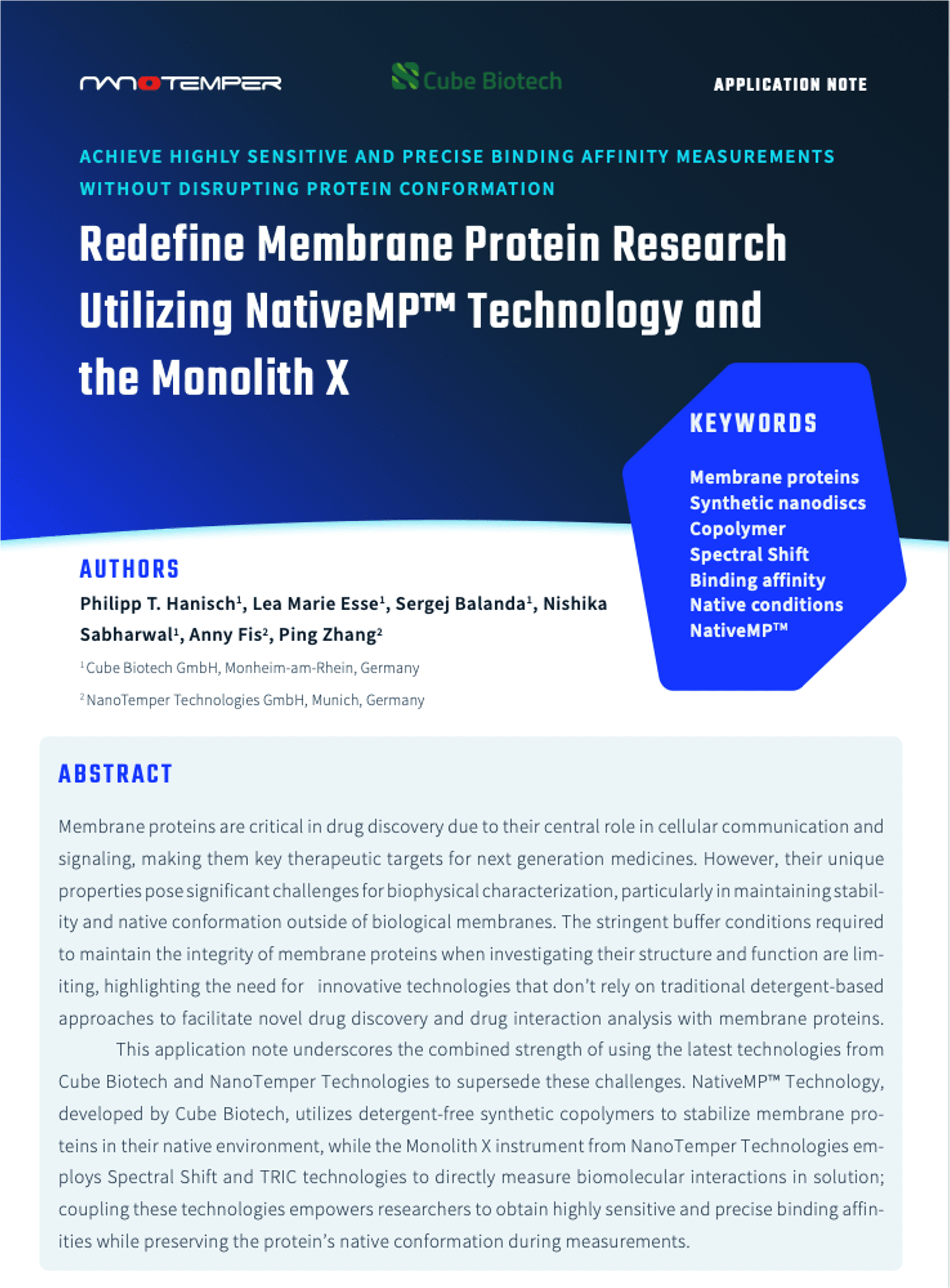Pengcheng Wang, Yang Zhao, Zhongpeng Li, Chuan-Chih Hsu, Xue Liu, Liwen Fu, Yueh-Ju Hou, Yanyan Du, Shaojun Xie, Chunguang Zhang, Jinghui Gao, Minjie Cao, Xiaosan Huang, Yingfang Zhu, Kai Tang, Xingang Wang, W. Andy Tao, Yan Xiong, Jian-Kang Zhu
Molecular Cell
2018 Jan 4; 69(1): 100–112.e6 doi:10.1016/j.molcel.2017.12.002
Abstract
As sessile organisms, plants must adapt to variations in the environment. Environmental stress triggers various responses, including growth inhibition, mediated by the plant hormone abscisic acid (ABA). The mechanisms that integrate stress responses with growth are poorly understood. Here, we discovered that the Target of Rapamycin (TOR) kinase phosphorylates PYL ABA receptors at a conserved serine residue to prevent activation of the stress response in unstressed plants. This phosphorylation disrupts PYL association with ABA and with PP2C phosphatase effectors, leading to inactivation of SnRK2 kinases. Under stress, ABA-activated SnRK2s phosphorylate Raptor, a component of the TOR complex, triggering TOR complex dissociation and inhibition. Thus, TOR signaling represses ABA signaling and stress responses in unstressed conditions, whereas ABA signaling represses TOR signaling and growth during times of stress. Plants utilize this conserved phospho-regulatory feedback mechanism to optimize the balance of growth and stress responses.
Topics: Plant proteins, Monolith – MicroScale Thermophoresis, MST, Proteins, Publications












